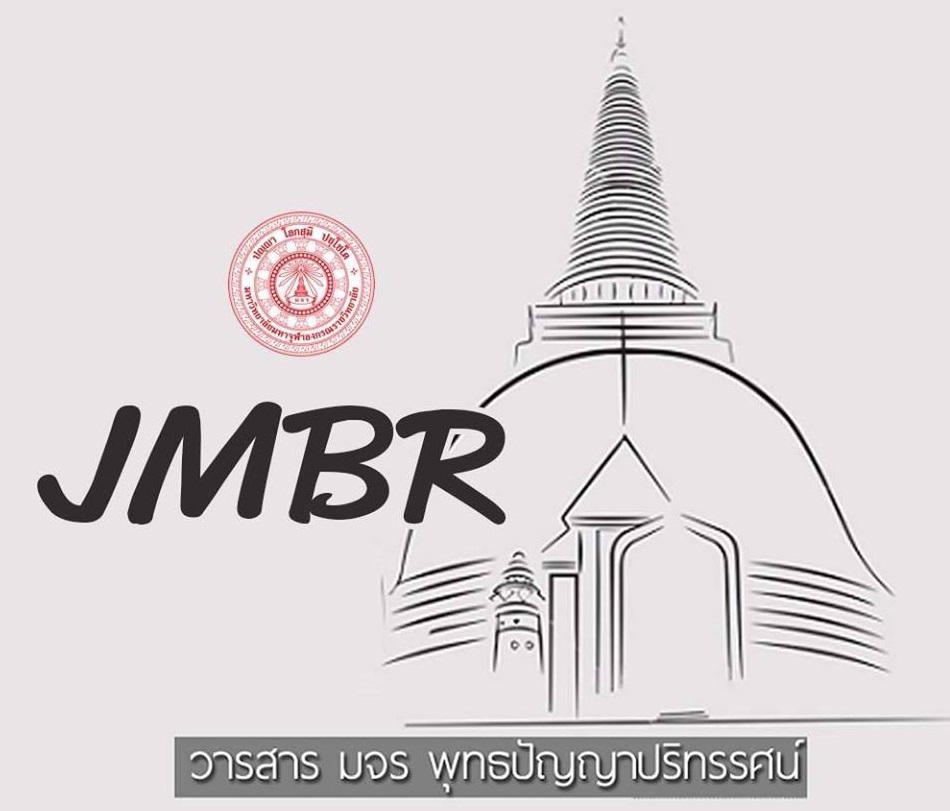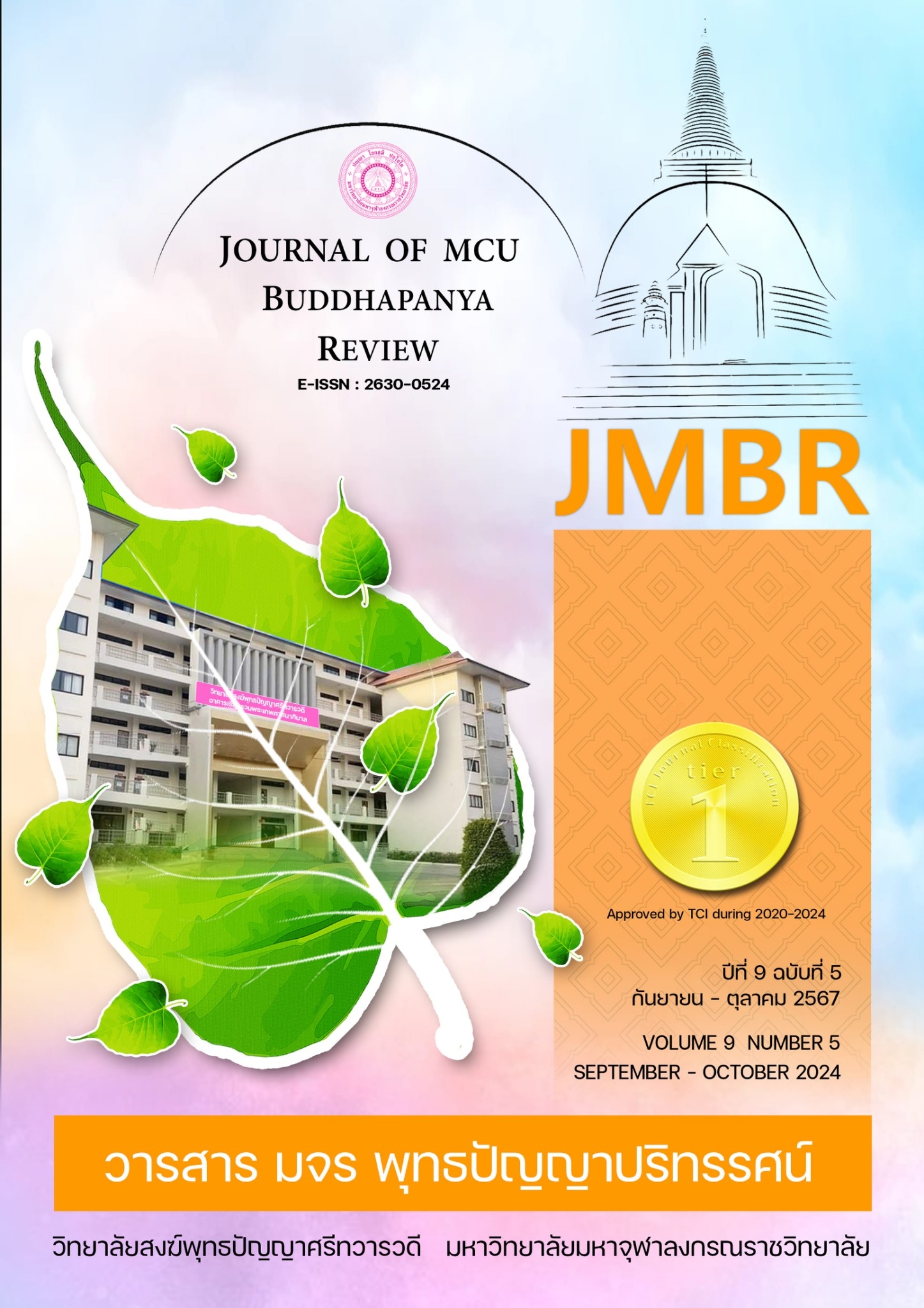รูปแบบการพัฒนาสมรรถนะเชิงดิจิทัลของบุคลากรในมหาวิทยาลัยเทคโนโลยีราชมงคลรัตนโกสินทร์
คำสำคัญ:
สมรรถนะเชิงดิจิทัล, รูปแบบการพัฒนา, บุคลากรของมหาวิทยาลัย;บทคัดย่อ
การวิจัยครั้งนี้ มีวัตถุประสงค์เพื่อ 1) ศึกษาปัจจัยเชิงสาเหตุการพัฒนาสมรรถนะเชิงดิจิทัลของบุคลากรในมหาวิทยาลัยเทคโนโลยีราชมงคลรัตนโกสินทร์ 2) เพื่อตรวจสอบรูปแบบการพัฒนาสมรรถนะเชิงดิจิทัลของบุคลากรในมหาวิทยาลัยเทคโนโลยีราชมงคลรัตนโกสินทร์สอดคล้องกับข้อมูลเชิงประจักษ์ 3) เพื่อศึกษากลุ่มที่ควรได้รับการพัฒนาก่อนและปัจจัยส่งเสริมสมรรถนะเชิงดิจิทัลของบุคลากรในมหาวิทยาลัยเทคโนโลยีราชมงคลรัตนโกสินทร์ และ 4) ประเมินความเป็นไปได้ในการนำไปใช้ของรูปแบบการพัฒนาสมรรถนะเชิงดิจิทัลของบุคลากรในมหาวิทยาลัยเทคโนโลยีราชมงคลรัตนโกสินทร์ โดยใช้วิธีวิจัยแบบผสมผสาน กลุ่มตัวอย่างในการวิจัยเป็นบุคลากรสายวิชาการและสายสนับสนุน มหาวิทยาลัยเทคโนโลยีราชมงคลรัตนโกสินทร์ จำนวน 416 คน ได้จากการสุ่มแบบหลายขั้นตอน เครื่องมือที่ใช้วัดในการวิจัย คือ 1) แบบสอบถาม 2) แบบสัมภาษณ์ผู้เชี่ยวชาญ และ 3) แบบประเมินรูปแบบการบริหารการพัฒนา สถิติที่ใช้วิเคราะห์ข้อมูลมีทั้งสถิติพื้นฐาน และสถิติอ้างอิง โดยสถิติอ้างอิงที่ใช้ทดสอบสมมติฐาน ได้แก่ การทดสอบค่าที การวิเคราะห์ความแปรปรวนทางเดียว การวิเคราะห์ถดถอยพหุคูณ และการวิเคราะห์เส้นทางอิทธิพล
ผลการวิจัยพบว่า 1) กลุ่มตัวแปรปัจจัยภายในบุคคลและปัจจัยภายนอกบุคคล อธิบายการพัฒนาสมรรถนะเชิงดิจิทัลของบุคลากรในมหาวิทยาลัยเทคโนโลยีราชมงคลรัตนโกสินทร์ ได้ร้อยละ 84.40 2) รูปแบบปัจจัยเชิงสาเหตุมีความสอดคล้องกับข้อมูลเชิงประจักษ์ 3) บุคลากรที่มีคุณลักษณะพื้นฐานต่างกัน มีสมรรถนะเชิงดิจิทัลแตกต่างกัน และมีความจำเป็นในการพัฒนาสมรรถนะก่อน-หลังต่างกัน 4) ผลการประเมินความเหมาะสมของการนำไปใช้ของรูปแบบการบริหารการพัฒนาสมรรถนะเชิงดิจิทัลของบุคลากรใน มหาวิทยาลัยเทคโนโลยีราชมงคลรัตนโกสินทร์ ประเมินโดยผู้ทรงคุณวุฒิ ค่าเฉลี่ยรายด้านร้อยละ 75.00 ถึง 77.86 ค่าเฉลี่ยรวมร้อยละ 76.25
เอกสารอ้างอิง
Ari, C. (2017). Leadership Competencies in Nursing: Concepts and Development. Nonthaburi: Department of Nursing Science, Sukhothai Thammathirat University.
Bangkok Metropolitan Administration Personnel Development Institute. Human Resource Development Plan for Bangkok (2018-2022). Retrieved March 26, 2024, from http://www.bangkok.go.th/upload/user/00000112/News/plan/04bmahrd61.pdf
Commission, O. o. t. H. E. (2018). Announcement of guidelines for compliance with the national higher education qualifications framework for digital competency for undergraduate qualifications. (in Thai).
David, C. (1973). Testing for competence rather than for intelligence. American psychologist, 28(1).
EkaLak, P. (2017). Causal Relationship Patterns Influencing the Good Member Behavior of Teachers in the Mahathir Association. Nakhon Phanom University Journal, 6(1), 36-44.
Hipkins, R. (2006). The nature of the key competencies. A background paper. Wellington: New Zealand Council for Educational Research.
Kamol, K. and Kanyarat, K. (2018). Digital Literacy in the Work Practices of Faculty Members at Loei Rajabhat University. Humanities and Social Sciences Journal, Graduate School, Rajabhat University Phibulsongkram, 12(2), 503-514.
McClelland, D. C. (1975). A competency model for human resource management specialists to be used in the delivery of the human resource management cycle. Boston: Mcber, 3.
National Digital Economy and Society Commission. (2019). 25 Elements of Digital Competency. Retrieved December 12, 2024, from https://www.dlbaseline.org/digital-competency
Office of the Civil Service Commission. Digital Literacy Standards for IT Users. Retrieved March 26, 2024, from https://www.ocsc.go.th/DLProject/standard-aptitude
Prakit, S. (2017). Developing Teacher Competency Indicators in the 21st Century for the Office of Primary Education Area in the Northeastern Region. Journal of Educational Administration, Khon Kaen University, 13(1), 67-76.
Pheerawat, C and Planjapanpor, B. (July-September 2017). Developing Teacher Competencies in Using Information and Communication Technology for Learning Management in the 21st Century. Journal of Educational Science, Naresuan University, 19(30), 225-237.
Raksanakorn, K. & Khumsamart, S. (2020). The Management Model for Effectiveness of Primary Schools Administrators. World Journal of Education, 10(6), 35-43.
Rajamangala University of Technology Rattanakosin. (2013). Competency Manual. (3rd Edition). Nakhon Pathom: Rajamangala University of Technology Rattanakosin.
Rachada, A. and Oi-uma, R. (2005). Developing a Shared Understanding of Generation Y for Workplace Application. Master's Thesis (Human Resource Development and Organization), Graduate School, National Institute of Development Administration
Sansanphet, C. (2014). Scanning the Four Generations. Retrieved on June 2, 2023, from http://swis.acp.ac.th/html_edu/acp/temp_informed/1514.pdf.
Surawalee, N. and Rachaya, P. (2021). Human Resource Development Models for Rajamangala University of Technology in Thailand 4.0 Era. Journal of Innovation in Management and Administration, Naresuan University, 9(1), 68-78.
University of Victoria. (2018). What makes up a competency. Victoria: Co-operative Education Program & Career Services.
ดาวน์โหลด
เผยแพร่แล้ว
รูปแบบการอ้างอิง
ฉบับ
ประเภทบทความ
สัญญาอนุญาต
ลิขสิทธิ์ (c) 2025 วารสาร มจร พุทธปัญญาปริทรรศน์

อนุญาตภายใต้เงื่อนไข Creative Commons Attribution-NonCommercial-NoDerivatives 4.0 International License.



